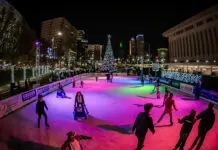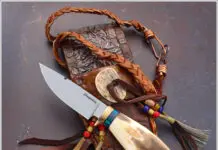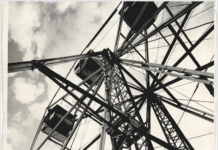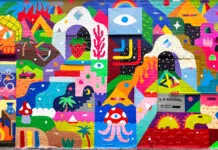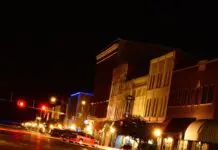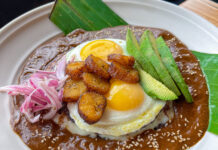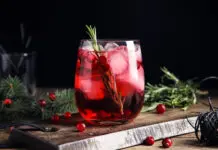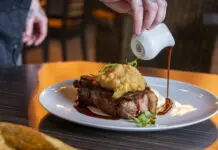Crete. Okay, it’s not the cradle of civilization, but it’s close. The mythical king of the Olympic gods, Zeus, was born in a cave on Crete. And it’s the former home of the Minoans, Europe’s earliest recorded culture, who first started camping out on Crete during the Bronze Age in 3000 BC.
If you’re into ancient ruins, you’ll love Crete. And if you’re not into ancient ruins, you’ll still love Crete for its striking architecture, pink sand beaches, world-class resorts and leather purses, bags and sandals. And it was the Minoans who gave us advanced stormwater management systems. Thank you.
The island is an oblong about 160 miles wide, making it the largest Greek isle in the eastern Mediterranean. Because of its diverse topography — mountains, beaches, fertile plains – it’s often referred to as “the small continent.”
The largest city on Crete is also its capital: Heraklion, on the northeast coast. And that’s where you’ll find 4,000 years of Greek history on display at the huge 1,300-room Palace of Knossos (NOH-sus), an archaeological site that was the center of the Minoan culture on Crete. Special attention is given to the Greek myth of the Minotaur, a half-bull, half-man creature said to be held captive in a labyrinth within the palace.





The Heraklion Archaeological Museum protects the world’s most extensive collection of everything Minoan, including the famous Phaistos Disc, a 3,000-year-old clay saucer decorated with more than 240 symbols, some of which haven’t yet been deciphered.
Further west along the north coast you’ll find the liveliest spot on Crete, the 14th-century Venetian harbor of Chania. Stroll the cobblestone streets and you can almost hear a bouzouki playing the soundtrack from “Zorba the Greek.”
Chania is a shopper’s paradise with boutique shop after boutique shop lining Old Town’s narrow walks. Ceramics are a terrific buy, as are kopaneli lace, neo-Hellenic period jewelry, and yes, the leather goods. They’re extraordinary. One street in Chania, Leather Lane, sells nothing but.
The colors of Greece are on full display in the charming city. Venetian, Ottoman and Greek architectural influences can be seen in her buildings and the spirit of her people is evident in the vibrant colors used to paint these buildings: bright reds, blues and yellows. Seeing these cheerful structures facing Chania’s blue water beach is an Instagram moment.
Speaking of colors, the sand on Elafonissi Beach on the southwest coast really is pink. The demure hue comes from millions of crushed seashells that leave their mark and then sink below the turquoise waves. White sand enthusiasts take heart; there’s blindingly snow-white sand at Balos Lagoon near Chania. It pairs well with the bluer-than-blue water. All told, Crete sports 145 beaches so you’re bound to find one with the color of sand you prefer.
Those beaches will look awfully tempting after a hike through the Samaria Gorge in the White Mountains. Ten miles to the sea through ancient cypress and pine forests, past the abandoned village of Samaria, and through the “Gates,” a narrowing of the 1,500-foot-high gorge that’s just 13 feet wide.
Hungry? Check out the layraki (baked sea bass) or the loukanika (a local spicy sausage). There’s a good deal of lamb on the menus and quite a bit of seafood, including octopus and squid.
Crete produces lots of grapes and olives giving the island no shortage of olive oil and wine, both of which are used generously. As in other countries in the region, the national drink in Crete is raki, a clear homemade brandy produced from distilled grapes (not to be confused with the anise-flavored raki made in Turkey).
Stay at the Ethereal White Resort Hotel and Spa in the heart of Heraklion. Enjoy city views from your fourth-floor suite as you luxuriate in your balcony hot tub. Then head up to the roof for a drink at the bar.


